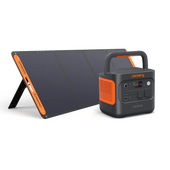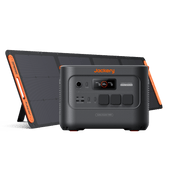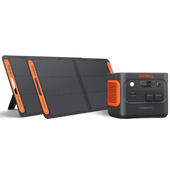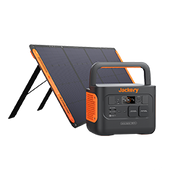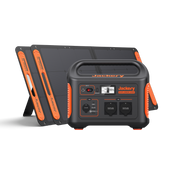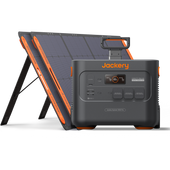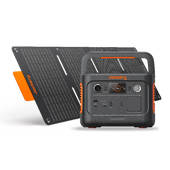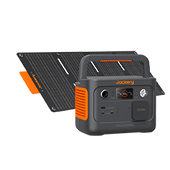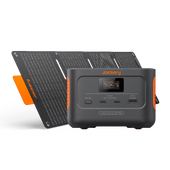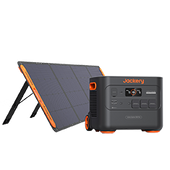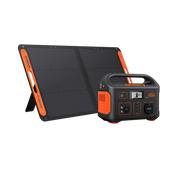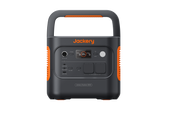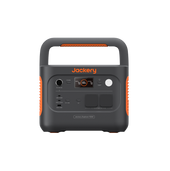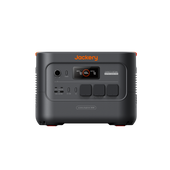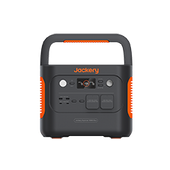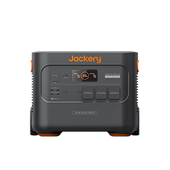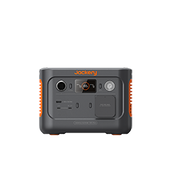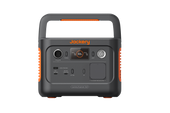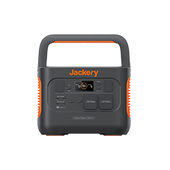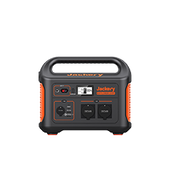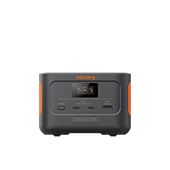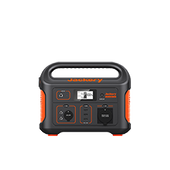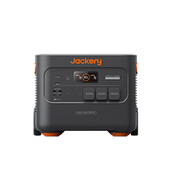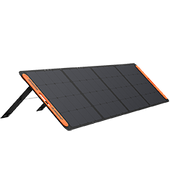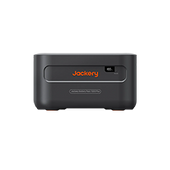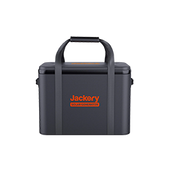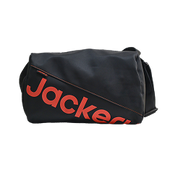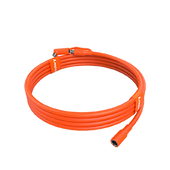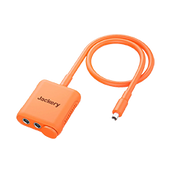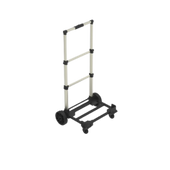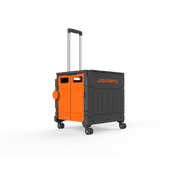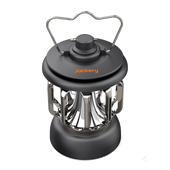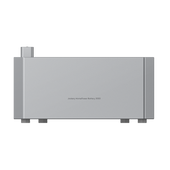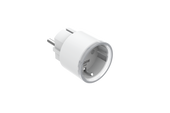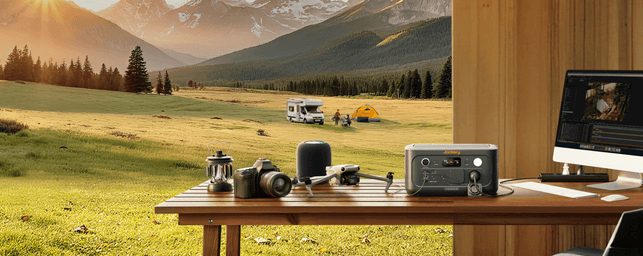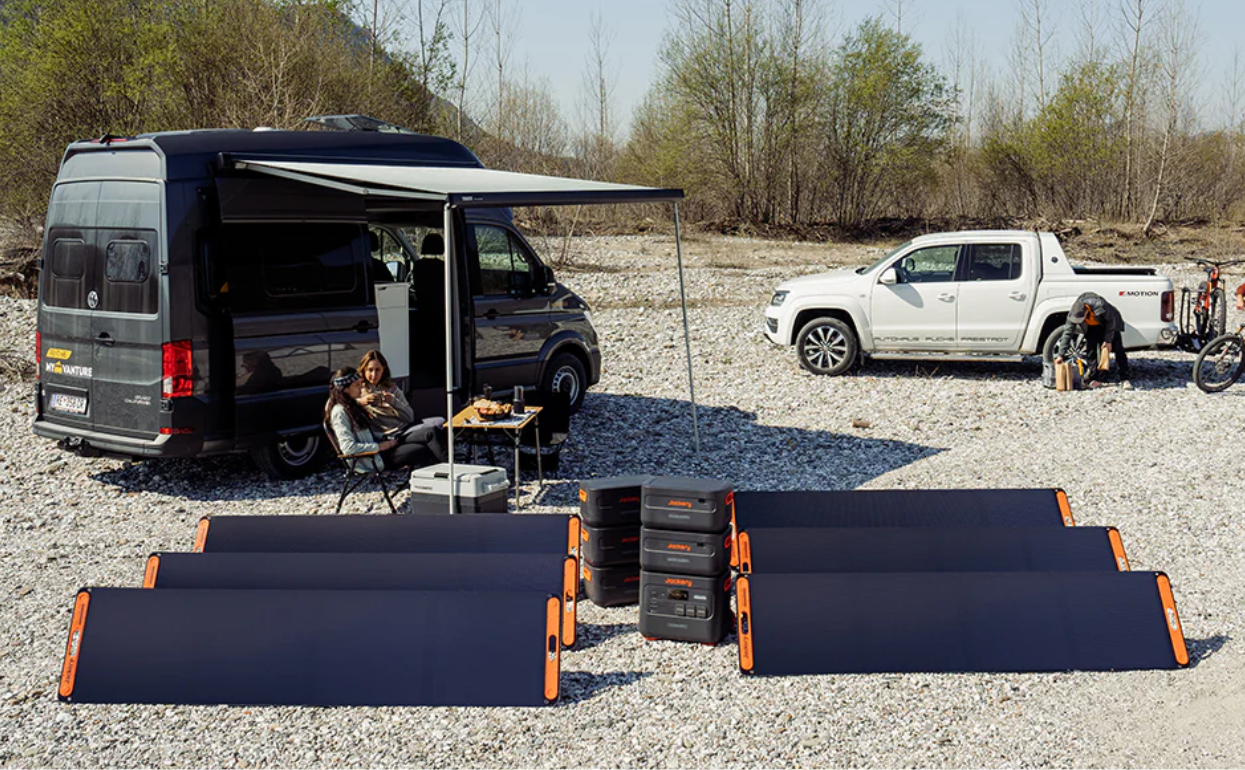If you’ve ever been on a hiking trip, you know that there’s something about it that makes you feel super close to nature. The quiet morning walks through the valleys, the soft chirping of birds against your ear, and the fresh breeze make the experience surreal. For true adventurers in Europe, solo hiking is just them against the open path to explore.
So, do you want to hike but can’t find time? Or, have you been struggling to coordinate your friends’ schedules? Why not venture out on your own?
Read on to learn all about solo hiking, including the significance, checklists, and power generator on the go, before you hit the road!
Why Do You Need a Solo Hiking Trip?
The demand for solo hiking is on the rise, and it’s no surprise, especially for those who want the freedom and confidence of travelling alone. While the fears of this adventure are valid, the benefits definitely outweigh them.
Here’s why you need a solo hiking trip:
1. Complete Itinerary Freedom
The biggest perk of solo travelling is the freedom of planning out the trip exactly how you want it. It allows you to go wherever you want, however you want, and for as long as you wish. Simply put, solo hiking doesn’t pressure you to compromise on routes, adjust to someone else’s wishes, or stop at destinations not on your list.
On your solo backpacking trip, the decision of what your itinerary looks like is totally yours. This saves you from the hassle of coordinating plans or justifying your choices. Whether you feel like hiking or resting, everything becomes your call.
2. Deep Immersion in Nature
While it’s fun to watch nature’s beauty with your favourite people, nothing beats connecting with the world when you’re alone. Without the constant distraction of a group, you start to focus on little details like birds chirping, sunrise, and the rustling of leaves. Better yet, it gives you a chance to recharge yourself for personal obligations.
3. Challenge Yourself
Solo hiking pushes you out of your comfort zone and motivates you to take on challenges while you’re away from home. You don’t rely on anyone but yourself and handle it all on your own.
Whether it’s making trail decisions, handling the maps, or strolling through an exposed part of the trail, you build courage to get through it all. Beyond just an adventure, the solo hiking trip becomes a personal growth journey like none other.
4. Stress Relief
Let’s be honest, the everyday stress of life gets to our heads more than we realise. It’s only once we take a break that we realise how it takes a toll on our mental and physical health.
Luckily, the privilege of solo hiking with no deadlines takes stress away from you. Naturally, walking through fresh air helps you clear your head, which makes the journey as meditative as fun.
5. Unexpected Surprises
Even though you start alone, your solo hiking trip might bring more surprises than you think. For instance, you might bump into fellow hikers along the way, or even exchange bonds with locals.
Even better, your solo hiking trails might bring you local traditional and cultural experiences that you didn’t expect. These little surprises become the core memories of your trip later on.
What to Prepare? Solo Hiking Packing List
As thrilling as it sounds, a solo hiking trip needs much more preparation than a group trip. Especially if you’re a beginner, you need to thoroughly pack your hiking gear to remain fully equipped throughout the trip.
However, knowing what to pack might be tricky for first-timers, especially when travelling solo. So, here’s a handy list of essentials to keep before you hit the trails:
1. Backpack
Let’s start the list with the obvious: your backpack, which carries everything you’ll need to stay safe on the road. Ideally, pick a backpack that is lightweight yet spacious enough to carry all your belongings. Your goal is to have a bag that holds the essential gear without burdening your shoulders.
2. Tent
A solid tent is yet another crucial addition to your solo hiking packing list. The better quality your tent is, the safer it keeps you from outside elements. When on the mountains, your tent will serve as your mini home, so it’s best to ensure it is reliable. Go for something easy to install and durable to face various weather conditions in Europe.
3. Sleeping Bag
After a long day on the trails, it’s safe to assume that you’ll want to sleep well. Especially when on a multi-day solo trip, your sleeping bag must be comforting enough to prepare you for your next day’s trek. To make it possible, pick a sleeping bag that keeps you warm and comfortable for as many days as you want.
4. Hiking Clothing
While most people overlook it, weather-appropriate clothing is a must for your solo hiking trips. Since you won’t have a friend’s group to borrow clothes from, remember that dressing smart is a non-negotiable requirement of your trip. It’s best to carry waterproof jackets, moisture-repelling shirts, and breathable pants. Plus, extra socks might help more than you think.
5. Navigation Tools
When you’re far from home, headed towards European wilderness, you can’t risk getting lost, especially on solo trips. Thankfully, navigation tools like maps and a compass help you stay on track. It’s equally important to carry a GPS device. However, make sure they’re fully charged and you have sufficient battery backup to keep them running.
6. Trekking Poles
When hiking on mountain or uneven terrain, trekking poles help you stay upright and keep your balance. Since you don’t have any friends around, this equipment serves as the invisible hand you need during long hikes. The best part? It reduces strain on your knees, which means you can explore all you want for hours without physical exertion.
7. First Aid Kit
Although this one’s pretty self-explanatory, a comprehensive first-aid kit with all your personal and emergency medications is as crucial as it gets. Accidents happen, and when you’re alone, you need to be extra careful. So, keep your kit ready with bandages, anti-septic wipes, pain relievers, and over-the-counter medicines to ensure safety throughout the hike.
8. Water Filter
When travelling solo, your water bottles are likely not enough. So, it’s highly advisable to never leave your home without a portable water filter for a constant supply of clean drinking water. It’s especially crucial when you’re unsure of the water quality. Moreover, with a reliable water filter, you can safely refill water without carrying heavy bottles throughout the trails.
9. Headlamp
For overnight solo hiking, you can’t just rely on flashlights to keep you going. Instead, it’s best to pack a headlamp to light up your way as the sun goes down. Nonetheless, pack extra batteries or a reliable power station to keep your headlamp powered all along.
10. Portable Stove
Hiking in the mountains is no child’s play, particularly when you’ve got to figure everything out on your own. It’s essential to pack a portable stove that allows you to cook on the trail, letting you enjoy warm meals and hot drinks. While hikers ignore this, it’s one of the best things you can take along to keep you prepared for long days of hiking.
11. Portable Power Station
Another crucial device to pack for your solo hiking trip is a dependable solar power station. It fills in for all your power needs while you’re off the grid. Remember that your phone, cameras, GPS devices, or other battery-powered equipment will need charging, and even more so during longer trips. With a power station, you can keep yourself away from power hassles in the middle of nowhere.

Jackery Portable Power Stations—Powering Your Hiking Trip
To be 100% self-reliant on your solo hiking trips, it’s imperative to have an incredibly reliable power source that keeps your devices charged all along. When miles away from home, you can’t rely on a one-time charge or the possibility of finding a grid nearby.
Fortunately, Jackery steps in with a solid lineup of solar power generators for a self-sufficient power supply. The top picks include:
1. Jackery Solar Generator 500
With its 518Wh capacity and 500W inverter, the Jackery Solar Generator 500 is perfect for a full-day solo hiking trip. It’s designed to be lightweight, compact, and easy to carry, so it doesn’t weigh down your backpack. Built with multiple ports like three USB-A ports, a carport, two DC ports, and an AC port, it easily recharges your phone, GPS, camera, and electric fans at once.
This dependable power generator comes with a foldable Jackery SolarSaga 100W solar panel, so you can utilise solar power to charge it while relaxing at your campsite. The best part? It’s whisper-quiet, so you can recharge your devices while fully enjoying nature.
2. Jackery Solar Generator 2000 v2
If you’re heading out on an extended solo hiking adventure, the Jackery Solar Generator 2000 v2 is the best pick for you. With its upgraded 2042Wh capacity and 2200W output, this compact generator is built to handle heavy-duty devices such as electric grills, electric kettles, and even portable fridges. More so, its next-gen LiFePO4 battery is durable enough with up to a 10-year lifespan.
Despite its incredible strength, it’s 41% smaller and 35.6% lighter than most similar models, which lets you take it anywhere you want. Better yet, it comes with an Emergency Super Charging feature, allowing you to fully recharge it in just 1.33h. Simply pair it up with the solar panel, and you’ll have a dependable setup that lets you stay on the trails as long as you like!
Common Concerns and How to Address Them
Sure, solo hiking is exciting, but it also comes with a few worries and scares that might put some people off. Well, you’re not alone. Here’s a bunch of common concerns that most hikers face and quick ways to handle them:
1. How to stay safe while travelling alone?
When travelling alone, safety should be the top priority. Focus all you can on thorough preparation, awareness, and solo travel safety tips. Remain on marked trails, do your research beforehand, and avoid trekking after dark. Trust your gut; if something feels off, it might be because it is, so tweak your plans accordingly.
2. How to deal with loneliness during the trip?
If you’re a first-timer, a solo hiking trip might get lonely, but it’s an excellent time to enjoy your own company. Head to places that allow you to connect with nature’s charm, or try connecting with locals to learn about different cultures. Plus, fret not; you’ll likely find a few fellow hikers or renowned trails to connect with.
3. Where to camp overnight?
When on your solo hiking adventure, it’s best to opt for familiar, renowned campsites with other hikers around. These sites are usually marked on maps and are great starting points for new solo hikers. Ideally, pick trails you’ve hiked before so you know what to expect from night camping experiences.
4. What to do if injured while hiking?
If you get injured while hiking alone, don’t panic. Carry your first-aid kit and know how to use it to remain safe. If the injury is minor, treat the cut with a bandage and continue your hike. However, if it’s serious, try to call for help or activate your contingency plan. It’s best to inform someone about your plans to seek immediate help during emergencies.
Conclusion
While the fears of solo hiking might overwhelm you, the perks of the adventure might bring you more joy than you can imagine. The key is to never let the threats take over; there are ways to overcome them. However, it’s crucial to stay fully prepared, take the necessary precautions, and have a positive mindset.
And don’t forget to invest in the reliable Jackery Solar Generator 500 and Jackery Solar Generator 2000 v2. These power generators will ensure you’re safe and powered up no matter where you head! So, preparing for your first solo hiking trip now!

